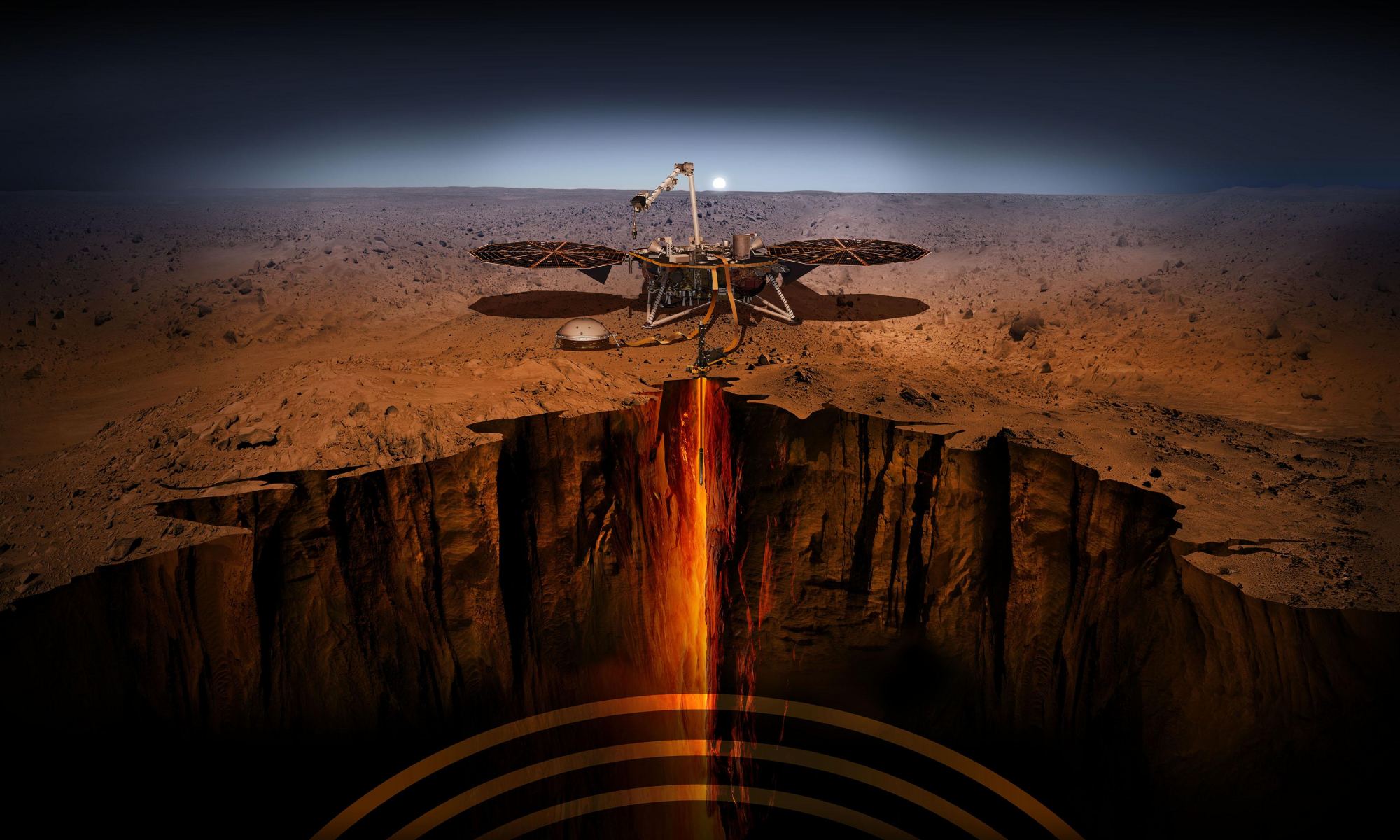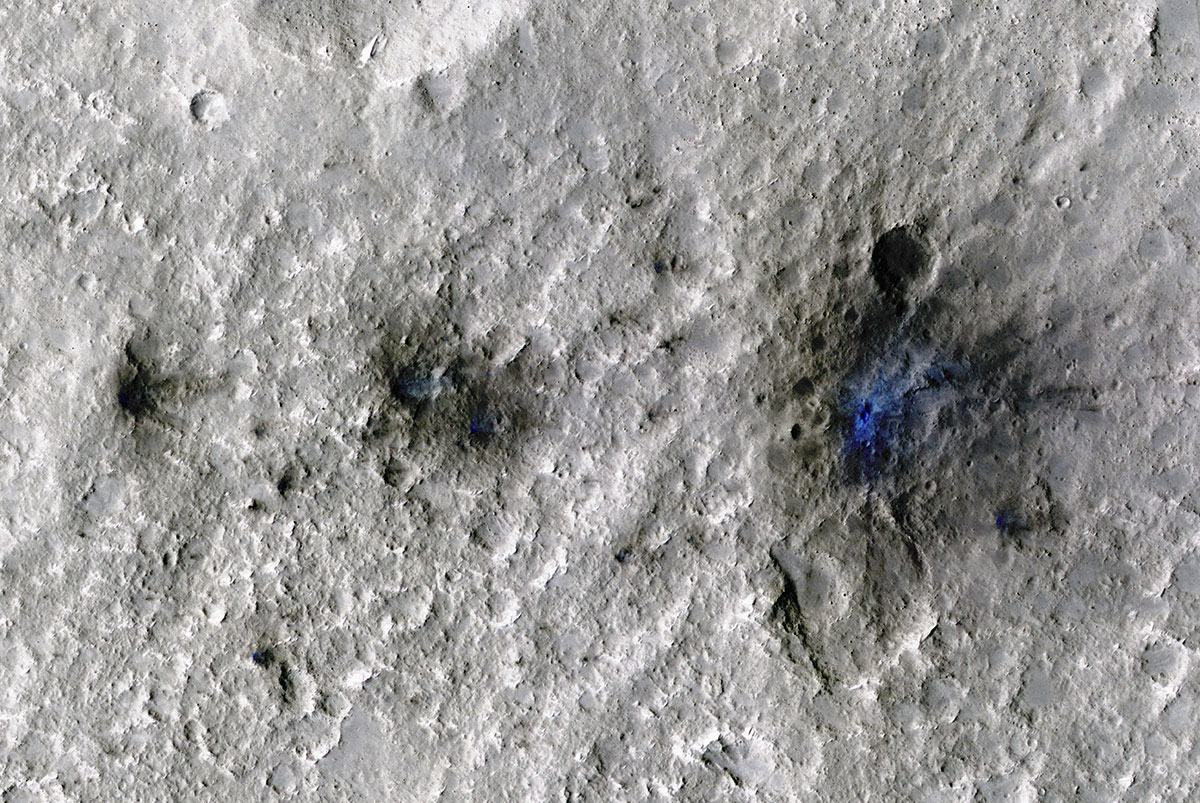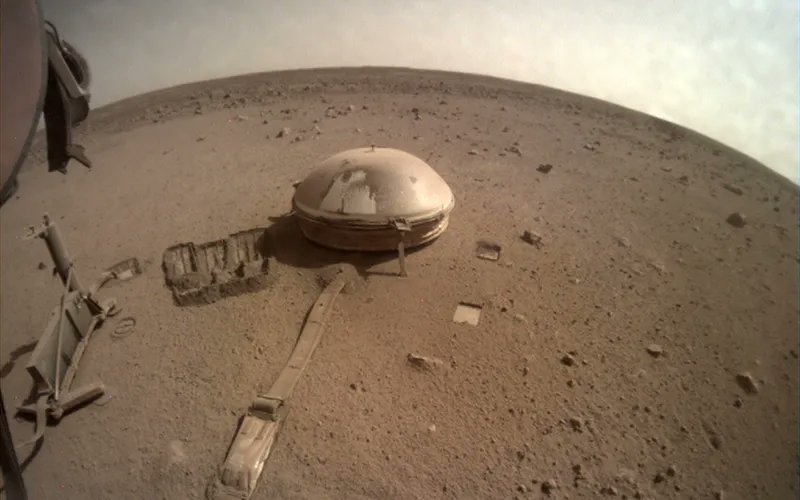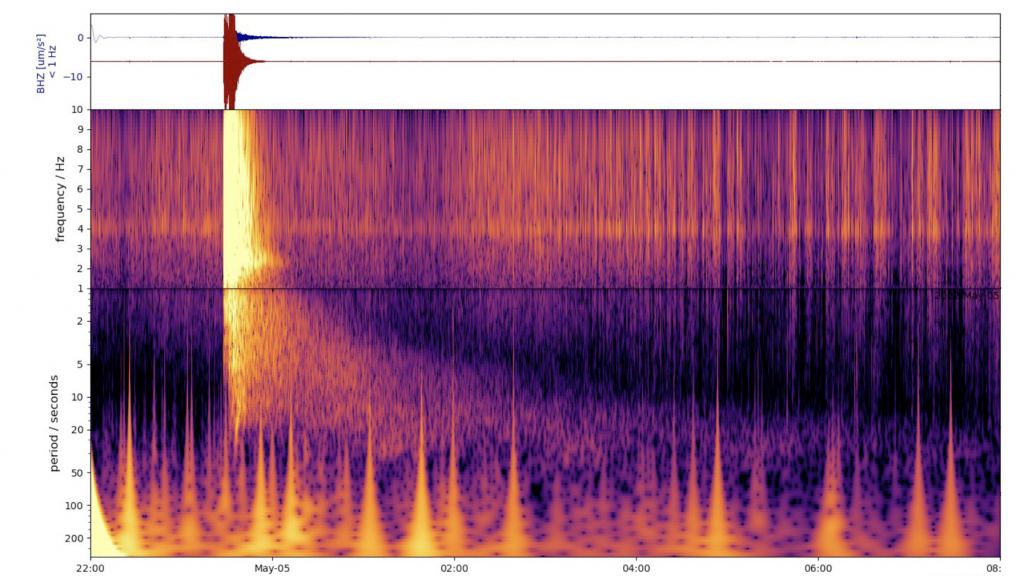The InSight lander might have transmitted its last picture from the surface of Mars. It looks like the lander is succumbing to Mars’ dusty conditions, as its ability to generate energy from its solar panels has been declining in recent weeks.
It’s always sad and somehow poignant when a lander or a rover falls silent. Each of them has a personality that goes along with their mission. But we’ve known for months this day was coming.
Continue reading “This Will Probably Be InSight’s Last Picture Before it Runs Out of Power Forever”







